Product – Architectural Design Film
Dublin company saves office furniture from landfills
New office redesign is commonplace in organisations today. This is due to all sorts of reasons including revamping, rebranding, upsizing or downsizing. The challenge for most office refits is not the layout or the décor but what to do with the old furniture when the new furniture comes in.
However, a Dublin-based company, SurfaceWow, is asking businesses to rethink how they fit out or re-do an office. With the lockdown presenting many challenges to businesses – whether to move, downsize or modernise – one challenge that can now be omitted is the throwing out of old desks and office furniture by simply resurfacing existing furniture.
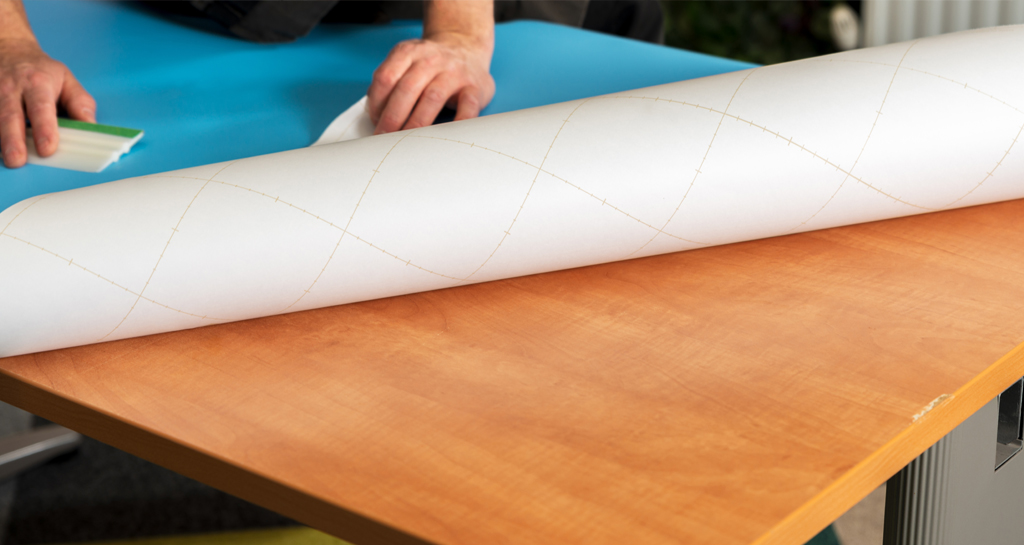
Furniture or F-waste for short, has been a massive burden on landfill for years. While no figures can be attained for Ireland, in the UK, approximately 1.2 million office desks end up in landfill. That is a figure from 2011 so this number can be expected to have increased over the intervening years.
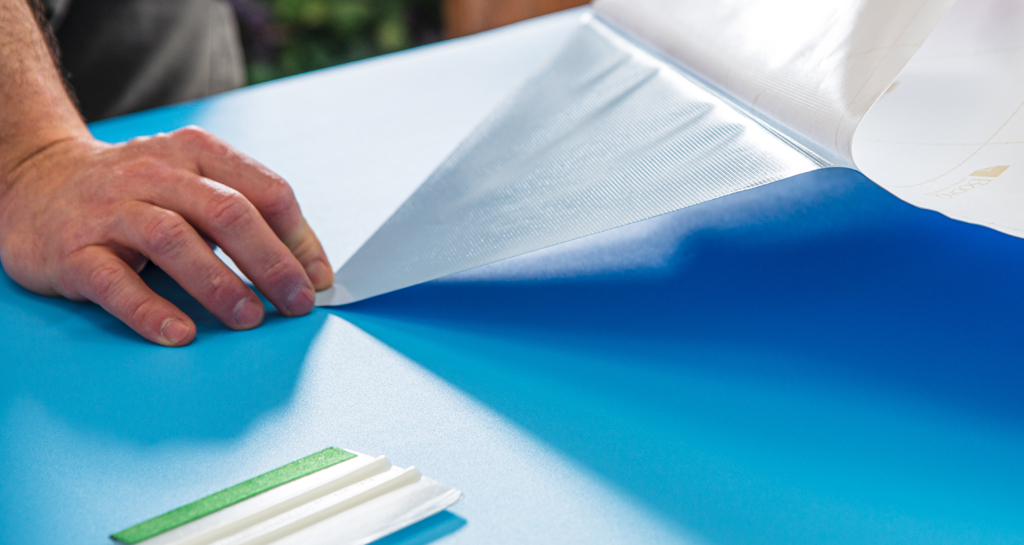
In the US, over 8.5 million tons of office furniture and equipment is sent to landfill every year.
While Ireland is certainly smaller, even reducing those figures by a relative percentage, highlights a massive amount ending up in landfill. There is now another option which offers a more sustainable approach to office fitouts.

SurfaceWow is presenting an alternative, asking businesses owners to stop and think about re-using and resurfacing their existing furniture and fixtures throughout their office rather than redo everything in the rush to modernise.
Leo Maher, Founder of Surface Wow believes it’s time we looked at redesign in a new way.
“We are in the business of helping organisations transform their space. Every surface in an office can be resurfaced with a wide range of materials – from the office desk to the floor to the walls and ceiling. It often just takes a bit of imagination. You can transform the look and feel of your existing space so that it truly represents you and your brand, with the added benefit of reducing waste.
We can’t continue to throw things out because it doesn’t look the part anymore. We’re responsible for the planet collectively. That shouldn’t mean however that we can’t redo an office and give it a new lease of life.”
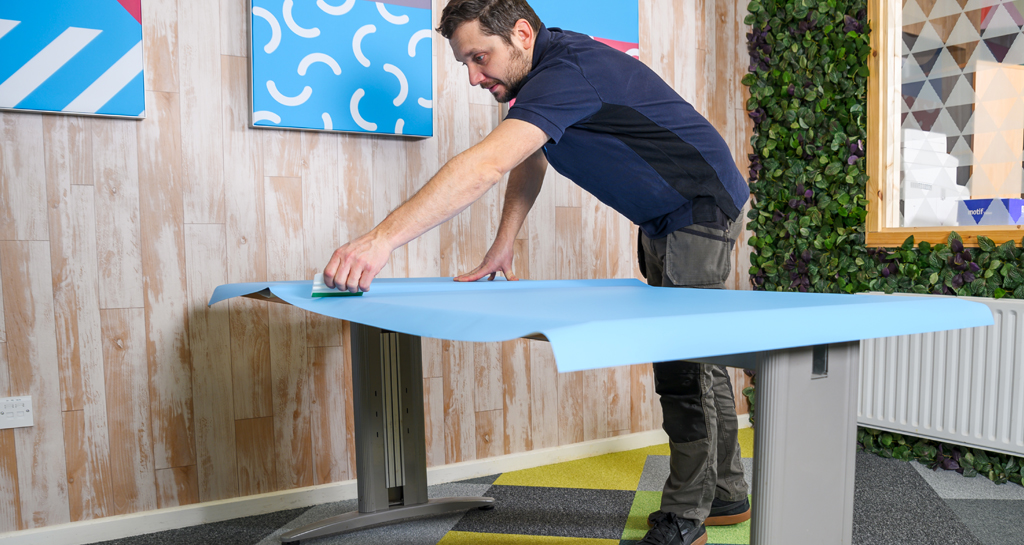
Maher explained “Resurfacing existing furniture and fittings makes sense design wise and financially too”. There is a cost saving involved in resurfacing your office rather than buying new.
The materials that Maher refers to are surface materials which include architectural films with a choice of over 300 colours. It also comes in a range of finishes which can be marble, wood and solid colours . Other surface materials include cork, moss, merino wool panels to name a few.
This idea of upcycling and resurfacing would assist companies to fit their corporate fitout within the realms of a circular economy model. Rather than simply using and then disposing of the assets within an organisation, the focus becomes on a more efficient use of resources. So instead of disposing of furniture and fittings once they become used and shabby, they can be reused, resurfaced or redesigned.
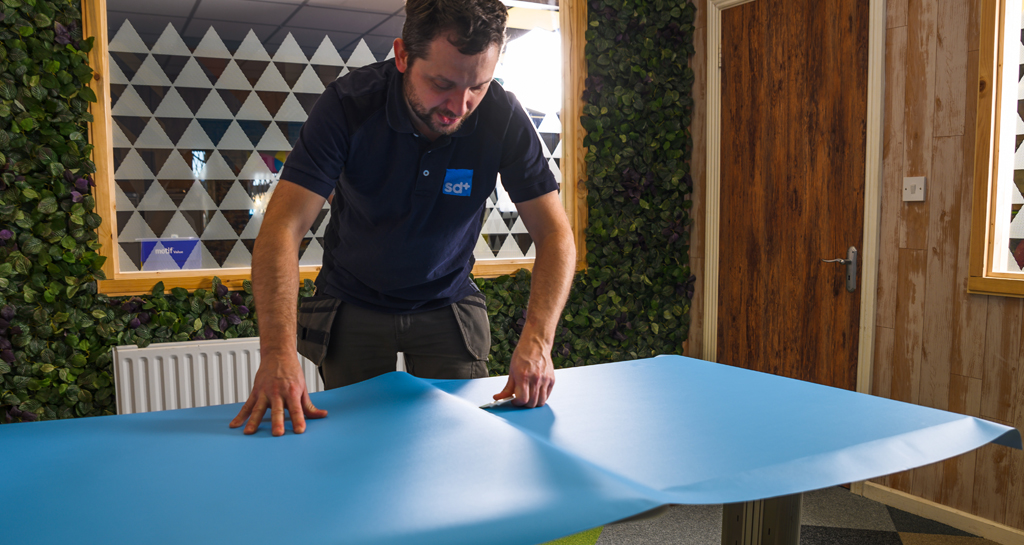
This leads to less waste in landfills.
In the European Commission’s new Circular Economy Action Plan, businesses are being told to reconsider throwing away old office furniture. And in a 2014 study by McKinsey & Co, it estimated that the circular economy could add €2.6 trillion to the European economy by 2030, potentially boosting GDP by 3.9 per cent.
As Maher advocates, “it’s just a case of changing how business owners and policy leaders think.”
“Many businesses aren’t aware of the option to resurface existing furniture and fittings. There is an easier, more cost effective solution if you are looking to downsize or modernise your office.
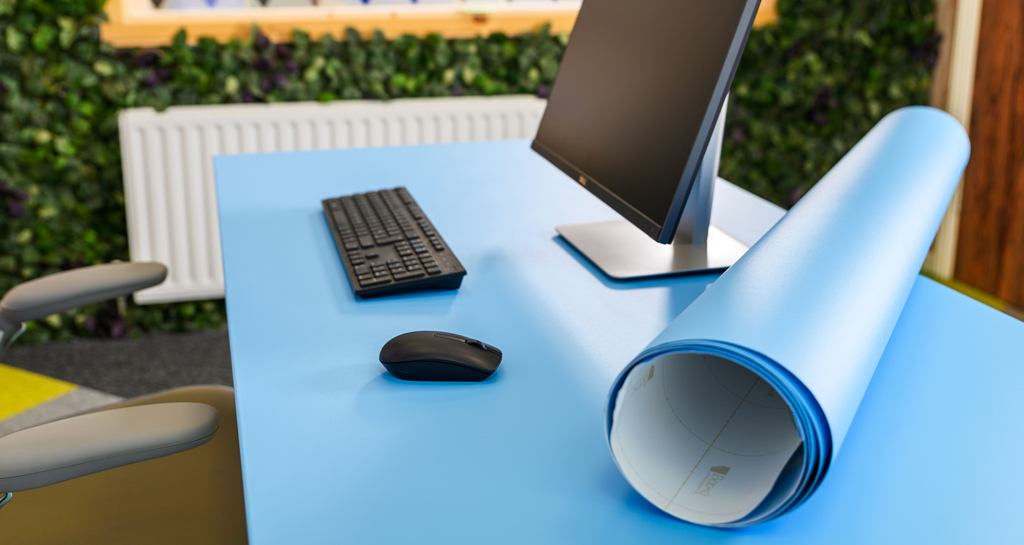
The materials are all durable and hard-wearing. After a couple of years, they can be replaced. Which is better for the environment, which minimises our footprint – a roll of architectural film or a desk, complete with processed wood, steel and metal?”
According to Maher, businesses are looking for more sustainable options when running their business and resurfacing office furniture is one area that requires little effort. “Many think that reducing office waste is going paperless, using automated electricity sensors or buying more green office products but very few think about the problem of F-waste going into landfill. It’s time to change our thinking.
“Sustainability is vital for businesses going forward. Just look at the effort made with recycling. 10, 20 years ago, organisations didn’t know or care too much about it and now it’s standard practice. The same thing can now happen with upcycling and resurfacing. It’s making organisations aware there is an alternative – that not only works for their environment, but also for their brand.”
From start-ups to corporates, business owners are offered a choice and a real opportunity to engage with the circular economy model when it comes to redesigning the modern office.


